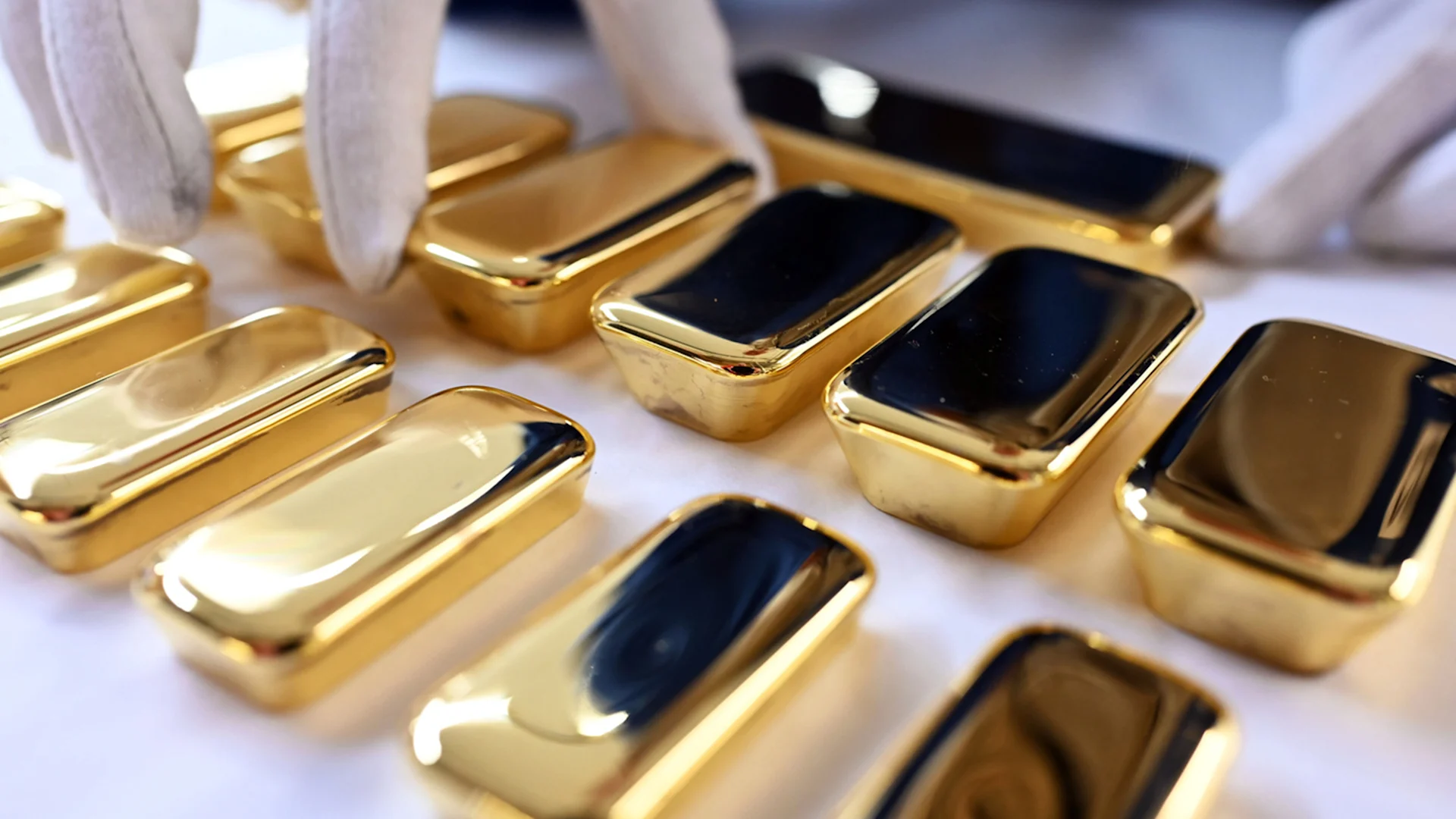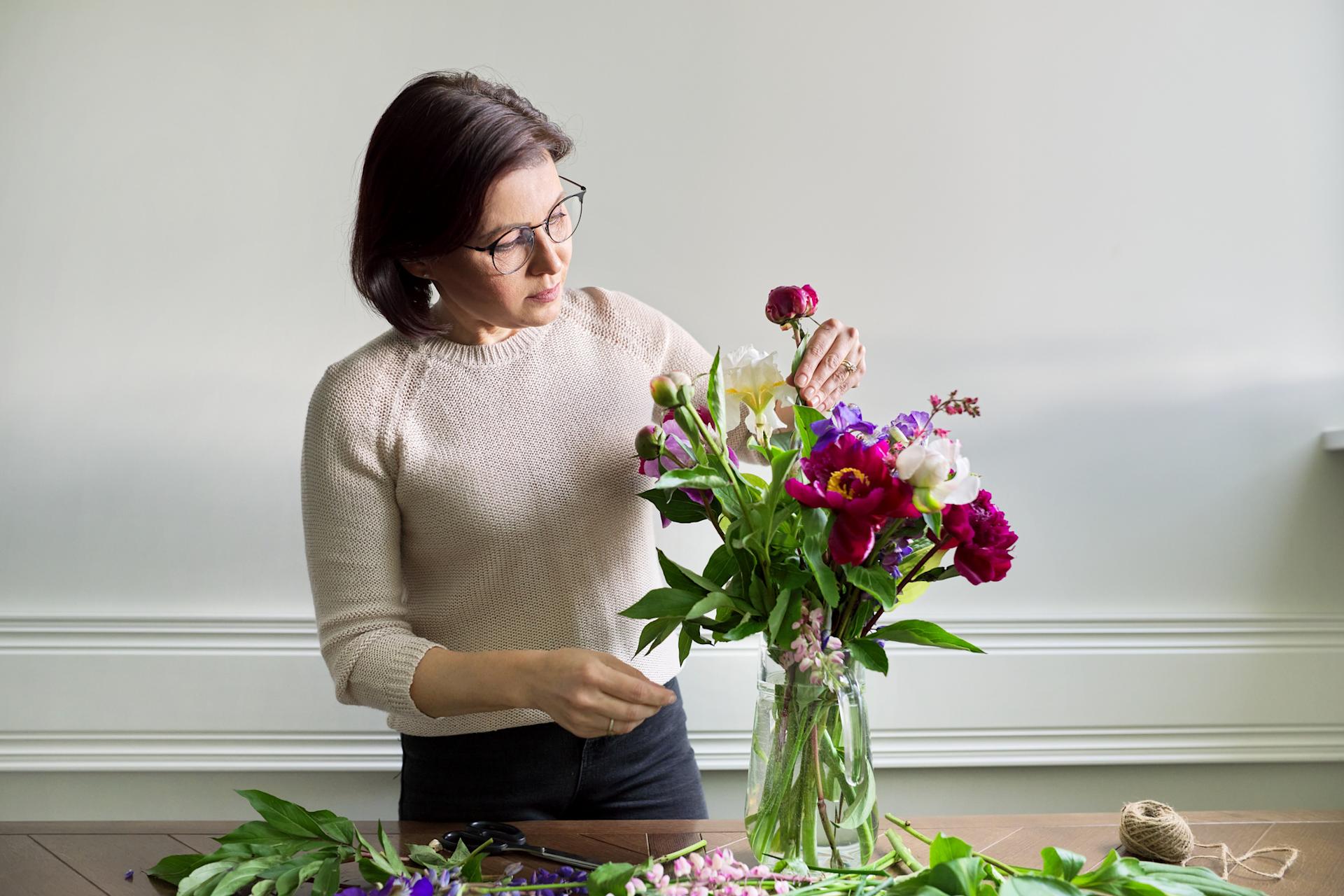
Migros Bank
What does 2026 have in store on the stock market?
If the AI bubble bursts, will the gold price rise even higher? Sacha Marienberg ventures a forecast for 2026.
navigation

Flowers & plants
By following our guide, and with a little skill and patience, you too can create a magnificent bouquet.
Spring is the season for tulips, daffodils, buttercups, anemones, hyacinths and freesias. And there are no limits when it comes to colour. How about combining pink and orange? Be inspired by fashion. Or your home’s interior. The flowers should still be mostly closed when purchased.
Important note: you shouldn’t mix roses and tulips, since roses need lots of water, while tulips require little. Caution is also advised when combining exotic flowers with native ones. For example, you shouldn't mix a bird-of-paradise flower with daisies.
If you want to make a smaller bouquet with fewer than ten flowers, an odd number of blooms will look more harmonious.
Firstly, remove the leaves and any thorns from the lower halves of the stems. If not, bacteria could form around the leaves in the vase, as a result of which the flowers won’t last as long.
Would you like a full bouquet? Then choose filler flowers like blueberries, mimosa or decorative and trendy eucalyptus, which may not be regional, but lasts a long time and also dries exceptionally well.
Now comes the tricky part: tying using the spiral technique. If you’re right-handed, place the first flower in your left hand. Start with the largest flower, which will be at the centre of the bouquet. Then place the next flower on top at a slight angle, holding them both with your left hand. Make sure that the highest point is in the middle. Then place the other flowers on top one by one, positioning them a little lower. After adding each new flower, twist the bunch slightly to create a fan-like shape. Always alternate the different types of main flowers and filler flowers.
First, use secateurs to cut all the stems to the same length depending on the size of your vase (see Vase). Then tie the bouquet together with hemp cord. Finally, cut the stems at an angle with a sharp floral knife so that the flowers can absorb more water. Please avoid using scissors because they will crush the cutting point.
A spherical vase is suitable for a round bouquet, while long-stemmed flowers need a tall vase. The lusher the bouquet, the wider the vase should be. For a harmonious look, the vase should be about a third the height of the bouquet.
Regularly top up the water (at room temperature!) and change it every two days. Rinse the ends of the stems briefly under running water. If you add so-called "flower food", it’s sufficient to change the water every four days. To make your flowers last even longer, keep freshly trimming the stems.
Want to learn more tricks from the pros? The Migros Club School offers numerous floristry courses for all levels, from beginners to advanced florists.